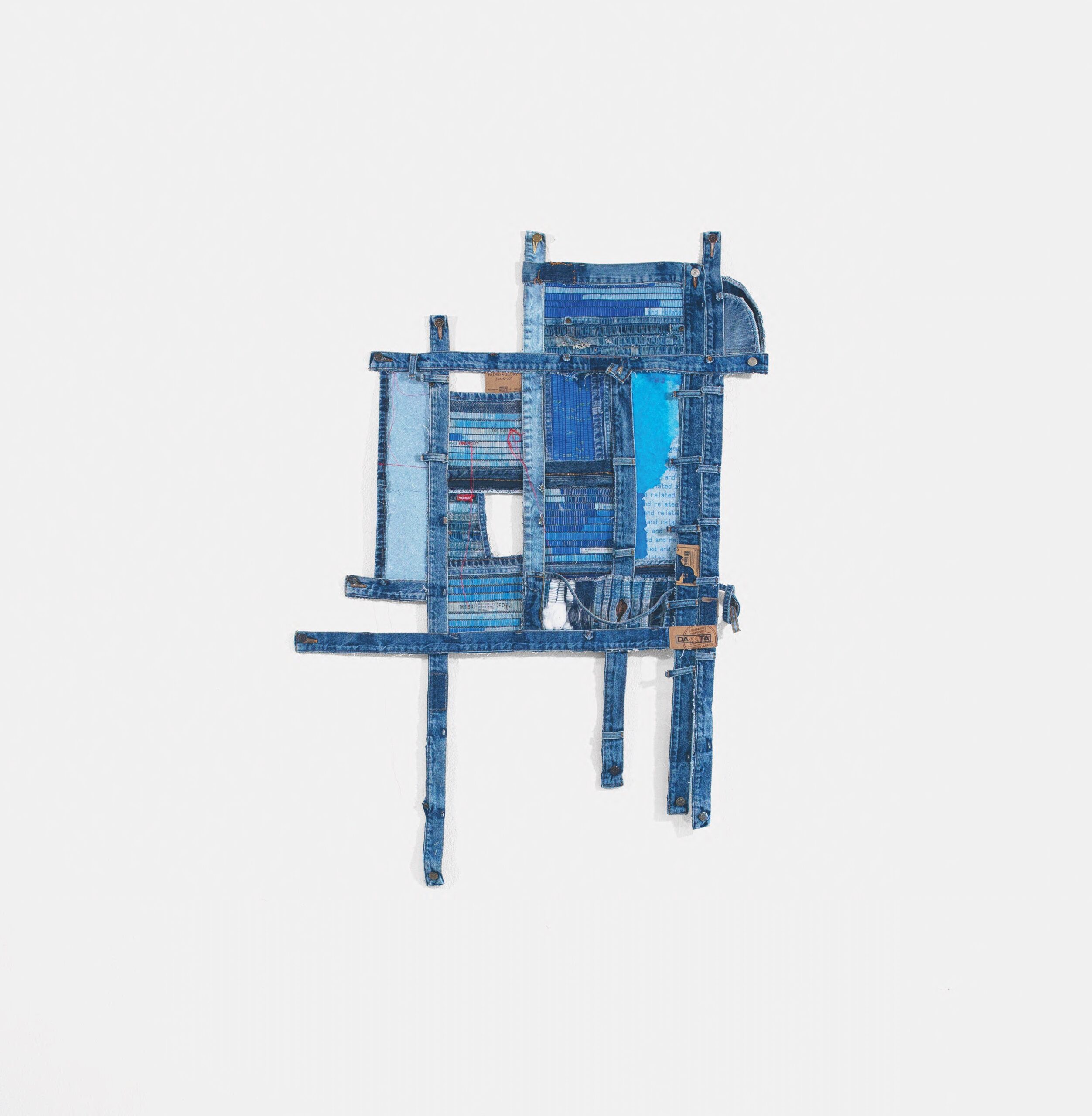
Photo: courtesy of the artist
Errant Abstraction
In her catalogue essay accompanying Woven Histories, the media art historian Michelle Kuo excavates the relationship between the grid structure of woven cloth and the evolving role of computation in textile manufacturing — from the binary punch cards that powered nineteenth-century Jacquard looms to the global circuits of contemporary fast fashion.2 2 - See Michelle Kuo, “Textility and Technology,” in Woven Histories: Textiles and Modern Abstraction, ed. Lynne Cooke(Washington, DC and Chicago: National Gallery of Art and University of Chicago Press, 2023), 225–43. Well beyond the roster of Woven Histories, contemporary artists are pursuing parallel explorations of abstraction’s kinship with textiles and adjacent algorithmic practices.




